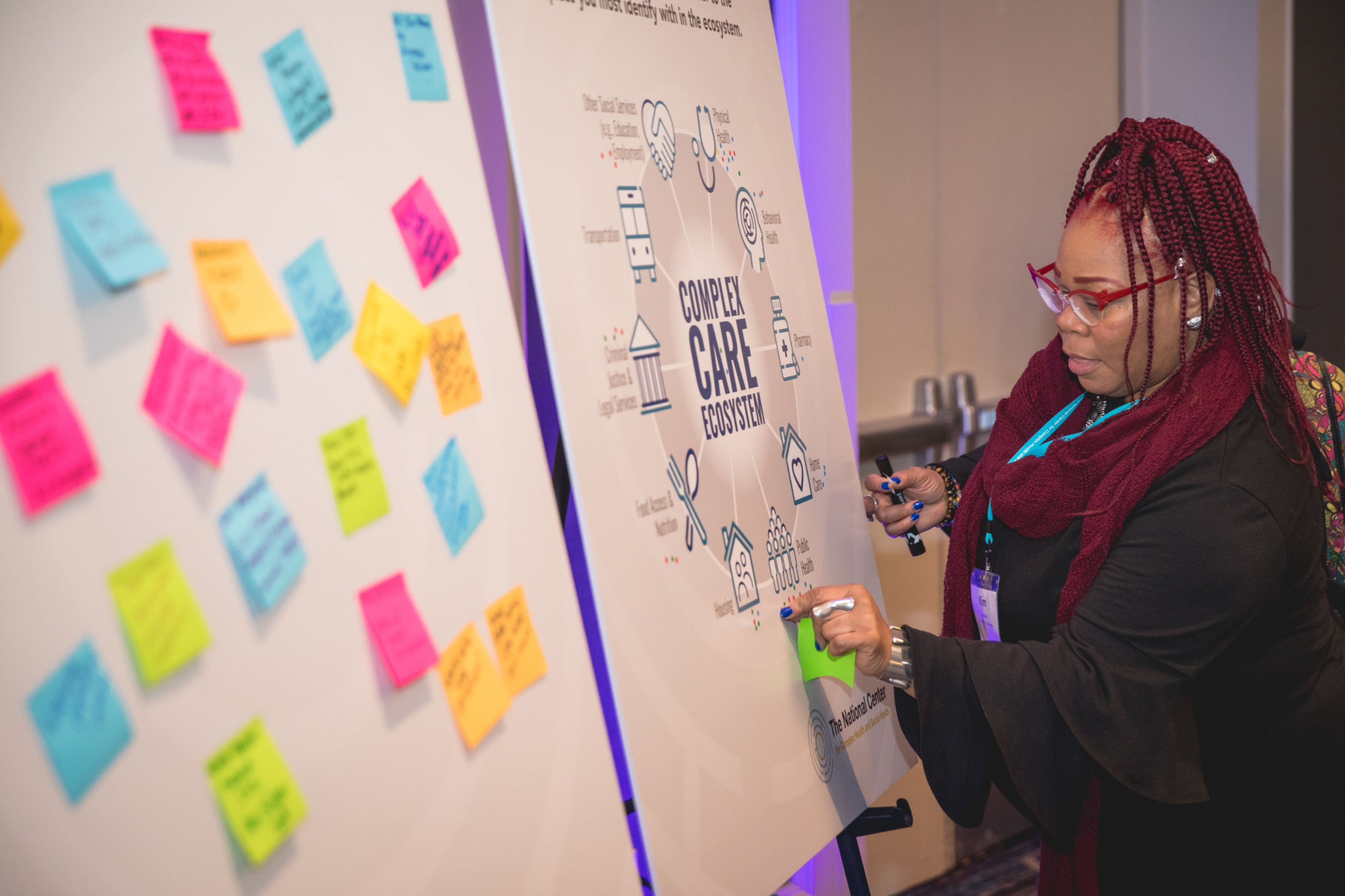Working with medically complex children in foster care and their caregivers
Care management & redesign Strengthening ecosystems of care Legal & criminal justice Pregnancy & children
This first-of-its-kind state report describes the performance of New Jersey’s child protective services system, operated by the New Jersey Division of Child Protection and Permanency (DCP&P) within the New Jersey Department of Children and Families (DCF), and to make recommendations on how to improve it. This report was required by state law, and it measures DCP&P’s performance in providing direct services to children and families, its staff, and operations. SORS organized most of the performance measures on children and families in an easy-to-read chart called the ‘Four Pillars.’
Care management & redesign Community & consumer engagement Data analysis & integration Strengthening ecosystems of care Data sharing Measurement & evaluation Policy & advocacy Pregnancy & children Quality improvement
This first-of-its-kind state report describes the performance of New Jersey’s child protective services system, operated by the New Jersey Division of Child Protection and Permanency (DCP&P) within the New Jersey Department of Children and Families (DCF), and to make recommendations to improve it.
The author of the report is the Staffing and Oversight Review Subcommittee (SORS) of the New Jersey Task Force on Child Abuse and Neglect. SORS retained the Camden Coalition as an independent contractor to help carry out its oversight responsibilities, including helping to write this report.
What works well
The New Jersey child welfare system is vastly improved in comparison to 20 years ago. This is a tremendous accomplishment, and the culmination of long-standing efforts to bring about positive change for New Jersey’s children, youth, and families. For example:
Areas needing improvement
As in any substantial system, SORS identified areas in need of improvement and those include:
The report contains recommendations for DCP&P, the Governor, families, and community-based organizations to sustain the methods that are working well and strengthen the areas that need improvement.
Care management & redesign Strengthening ecosystems of care Legal & criminal justice Pregnancy & children
Care management & redesign Pregnancy & children Quality improvement



